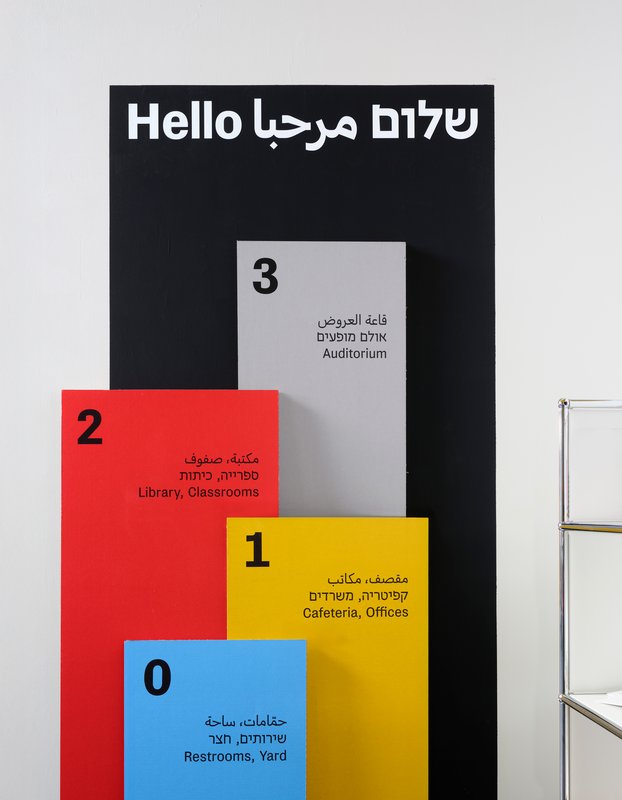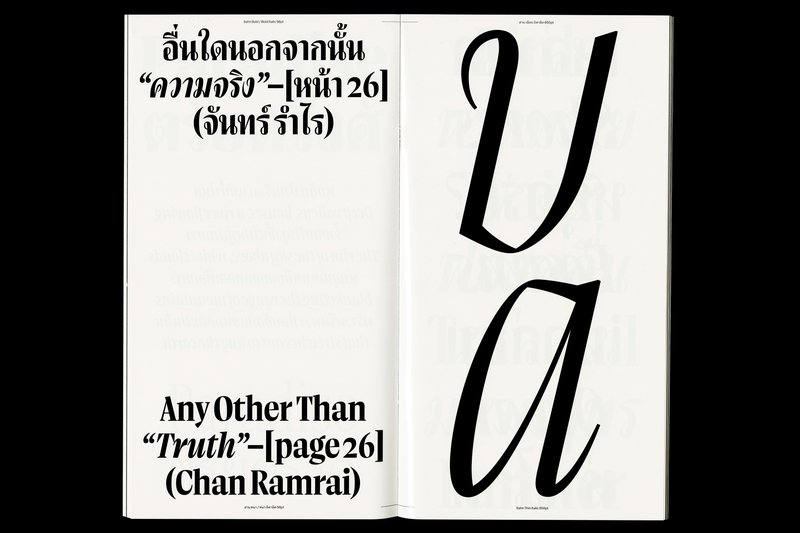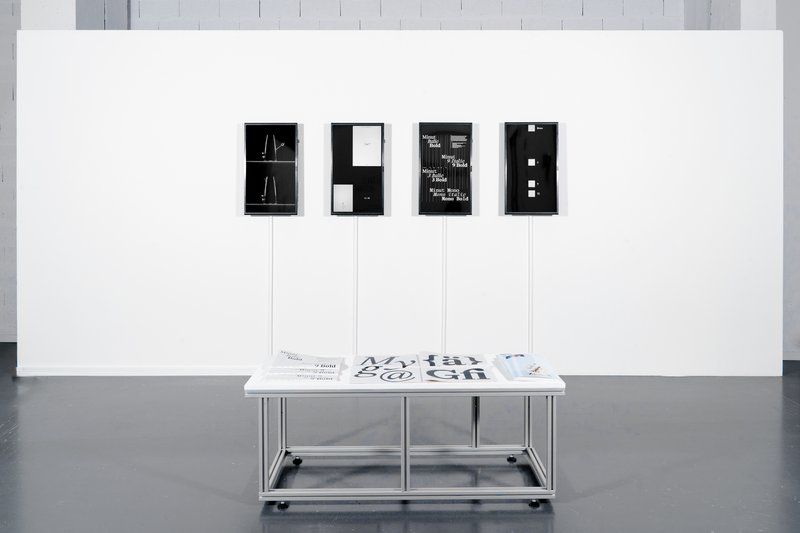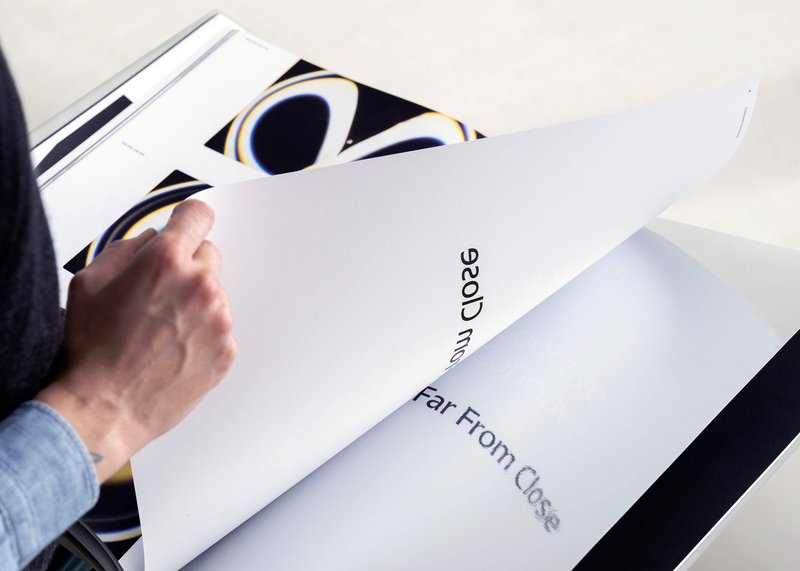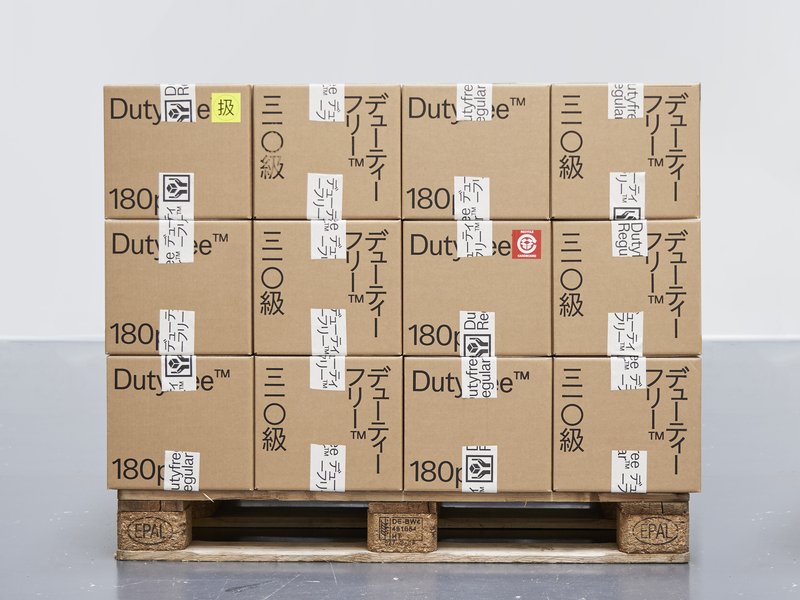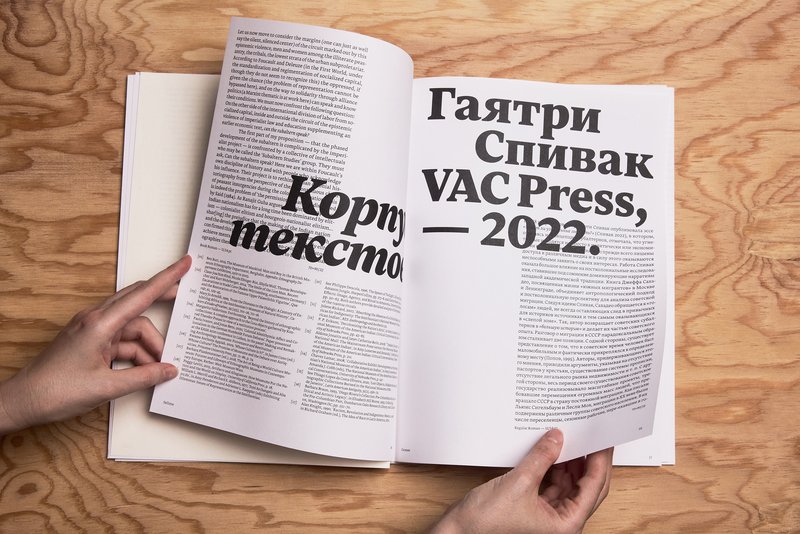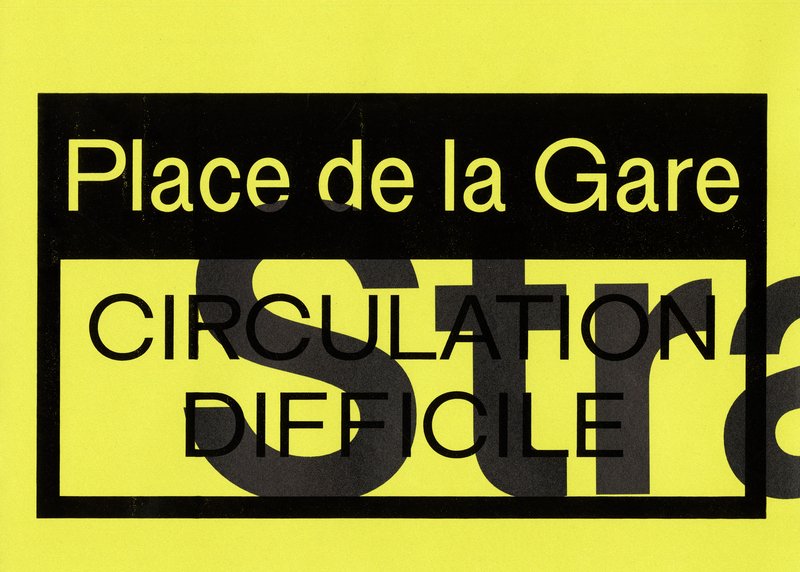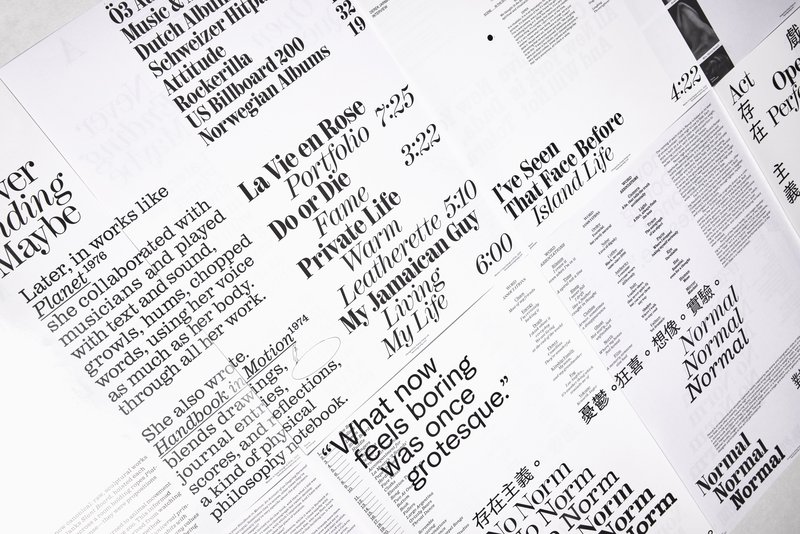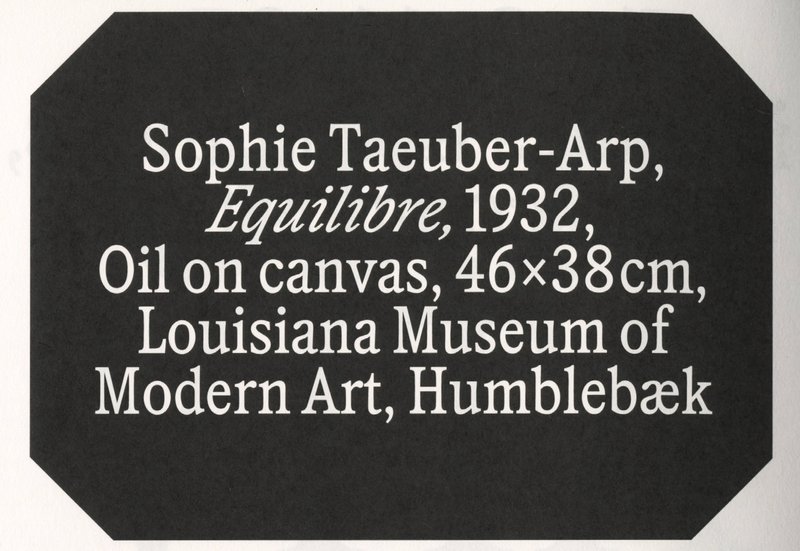
TYPE DESIGN
Rebekka Hausmann – Equilibre
by Rebekka Hausmann
Equilibre is a typeface inspired by depictions of fragile balance in 20th-century art. The project began during a residency at Kunstbibliothek Sitterwerk with a study of how artists capture moments of tension, just before collapse. To translate these observations into type design, the designer explored eight approaches including contradicting counters, extreme shapes and physical instability. The final typeface takes a subtler path: vertical stress, condensed proportions and tense curves provoke slight discomfort. The italic style’s harsh slant further reflects instability. Equilibre is not a neutral container, but a strong voice for long texts and expressive italic highlights.
